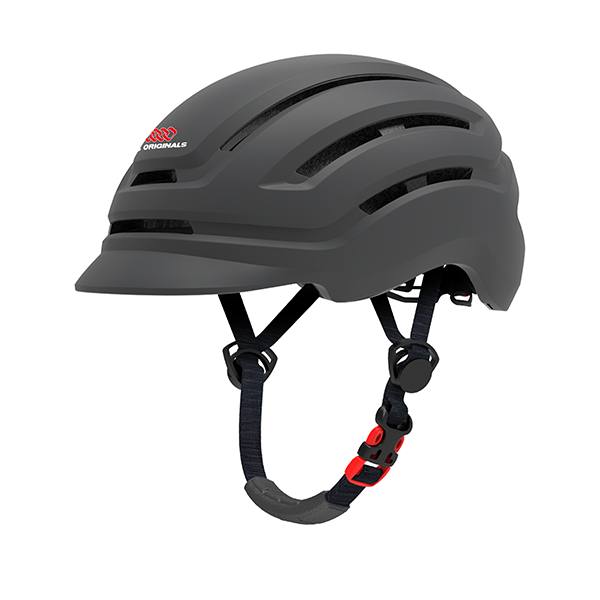In the world of catering, the journey from kitchen to event venue is as crucial as the culinary creations themselves. The question of How do caterers transport food? encompasses a range of considerations, from food safety regulations to logistical challenges and innovative solutions. This article delves into the multifaceted process of food transportation in the catering industry, highlighting best practices, technologies, and strategies that ensure the delivery of fresh, safe, and delicious meals.
Understanding the Importance of Food Transportation
Food transportation is not merely about moving dishes from point A to point B; it is a critical component of the catering process that directly impacts food quality, safety, and customer satisfaction. Proper transportation methods help maintain the integrity of the food, prevent contamination, and comply with health regulations. Caterers must navigate various challenges, including temperature control, packaging, and timing, to deliver a seamless dining experience.
Temperature Control: The Cornerstone of Food Safety
One of the primary concerns in food transportation is maintaining the appropriate temperature. The U.S. Food and Drug Administration (FDA) outlines specific temperature guidelines to prevent the growth of harmful bacteria. Hot foods must be kept at or above 140°F (60°C), while cold foods should be maintained at or below 40°F (4°C). Caterers employ several strategies to ensure temperature control during transit:
- Insulated Containers: High-quality insulated food carriers are essential for maintaining temperature. These containers are designed to keep hot foods hot and cold foods cold, utilizing materials that provide excellent thermal insulation.
- Thermal Blankets and Heating Pads: For extended transport times, caterers may use thermal blankets or heating pads to keep food warm. These solutions are particularly useful for large trays of food that need to stay at optimal temperatures.
- Refrigerated Vehicles: For larger catering operations, refrigerated trucks or vans are often employed. These vehicles are equipped with temperature-controlled compartments that ensure food remains at safe temperatures throughout the journey.
Packaging: Protecting Quality and Freshness
Effective packaging is another critical aspect of food transportation. Proper packaging not only protects food from contamination but also preserves its quality and presentation. Caterers utilize various packaging solutions tailored to the type of food being transported:
- Sealed Containers: Airtight containers are essential for preventing spills and maintaining freshness. They are particularly important for items like salads, sauces, and delicate desserts.
- Compartmentalized Trays: For buffet-style catering, compartmentalized trays allow for the separation of different dishes, preventing flavors from mingling and ensuring that each item retains its intended presentation.
- Eco-Friendly Options: With a growing emphasis on sustainability, many caterers are turning to biodegradable or recyclable packaging materials. These options not only reduce environmental impact but also appeal to eco-conscious clients.
Logistics and Timing: The Dance of Coordination
Successful food transportation requires meticulous planning and coordination. Caterers must consider factors such as travel distance, traffic conditions, and event timing to ensure that food arrives fresh and on schedule. Here are some logistical strategies that caterers employ:
- Route Optimization: Utilizing GPS technology and route optimization software helps caterers identify the quickest and most efficient paths to their destinations. This minimizes travel time and reduces the risk of temperature fluctuations.
- Staggered Delivery Times: For large events with multiple courses, caterers may stagger delivery times to ensure that each dish is served at its peak quality. This approach allows for the timely arrival of appetizers, main courses, and desserts.
- Pre-Event Coordination: Effective communication with event planners and venue staff is crucial. Caterers often conduct pre-event site visits to assess logistics, identify potential challenges, and establish a clear plan for food setup and service.
Innovative Technologies: The Future of Food Transportation
As the catering industry evolves, so too do the technologies that support food transportation. Innovations in food delivery systems are enhancing efficiency and safety:
- Smart Temperature Monitoring: Advanced temperature monitoring systems can track the temperature of food during transit in real-time. Alerts can be sent to caterers if temperatures deviate from safe ranges, allowing for immediate corrective action.
- Drones and Robotics: While still in the experimental phase, the use of drones and robotic delivery systems is being explored for food transportation. These technologies promise to revolutionize the way caterers deliver food, particularly in urban environments.
- Mobile Apps for Coordination: Many catering companies are adopting mobile applications that streamline communication and coordination between kitchen staff, delivery personnel, and event organizers. These apps can provide real-time updates on delivery status and any potential delays.
Conclusion: Mastering the Art of Food Transportation
In conclusion, the question of How do caterers transport food? reveals a complex interplay of safety, quality, and logistics. By prioritizing temperature control, utilizing effective packaging, and employing innovative technologies, caterers can ensure that their culinary creations arrive at events in pristine condition. As the catering industry continues to evolve, staying informed about best practices and emerging technologies will be essential for success. Ultimately, the art of food transportation is not just about logistics; it is about delivering an exceptional dining experience that leaves a lasting impression on clients and guests alike.




+ There are no comments
Add yours